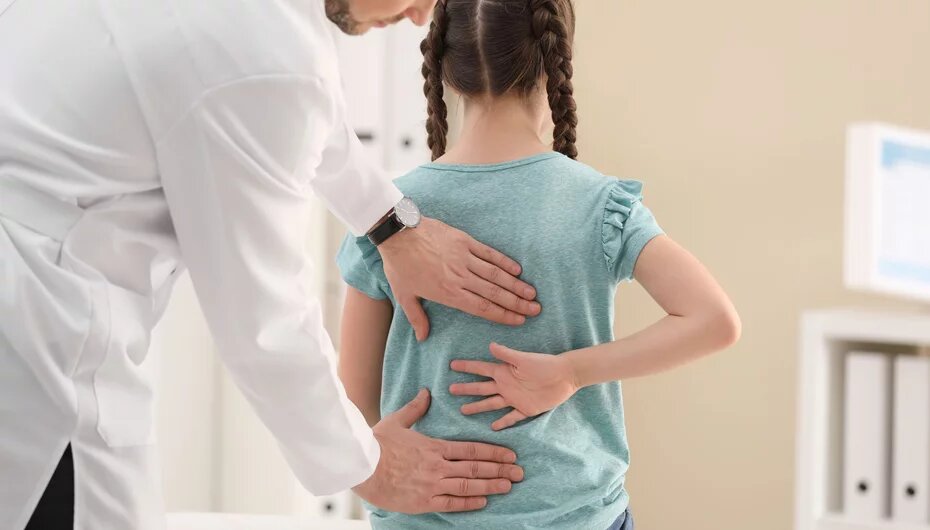Orthopedic examination of children is recommended in the neonatal period, childhood and adolescence:
- After birth, the first examination is a hip screening between four and six weeks of age.
- The second screening is recommended at the onset of independent walking, when the aim of the examination is to check the position of the ankles.
- The next examination is recommended when children are three years old.
- Orthopedic examinations of children are also recommended before they start school and at the ages of seven, ten and fourteen.
Children's musculoskeletal development can be affected by low physical activity, heavy school bags, lots of sitting, prolonged use of mobile phones and computing devices, and age-inappropriate physical exertion in competitive athletes.
A problem that affects many people is flat feet, for which many believe that the only cure is the use of insoles. But this is not the case. Children develop plantar fasciitis after the age of 4 or 5 years and using insoles can be prevented by proper muscle strengthening.
Another common problem is scoliosis. A distinction must be made here between lateral curvature of the spine due to sloppy posture, and Scheuermann's disease:
- Causes of lateral curvatures of the spine are not known for sure, but they can be treated well with annual check-ups and physiotherapy. It is very rare for the spine to become so deformed that surgery is required.
- Sloppy posture is when the spine is not misaligned but has increased normal curvatures. An example is when someone has a more rounded back than they should have. This can also be helped with the right physiotherapy.
- It is important to distinguish between sloppy posture and Scheuermann's disease, which causes similar symptoms. The latter can be screened by lateral x-rays and can be effectively corrected by physiotherapy.
In addition to these screenings, the following pediatric orthopedic problems should be seen by a pediatric orthopedic specialist:
- different motor development in infants
- spinal pain
- abnormal curvature of the spinal column
- sloppy posture
- muscle stiffness
- restricted range of motion of hands, feet and spine
- hunched back, bulging abdomen
- abnormal leg position
- abnormal posture, asymmetry
- pain in the soles of the feet
Regular exercise and sports are particularly important for children, as it is during this period that our skeletal system and musculature develops. In the case of musculoskeletal disorders, it is also important for the child to move, in which case the orthopedic specialist and the physiotherapist will work with the family to develop an appropriate therapy plan, including the necessary physiotherapy.

